A Baltic German aristocracy reigned over Estonia and Latvia from the Middle Ages until the end of the first world war. They arrived as traders and crusaders, fighting to convert the native pagans to the Christian cause. Entry into the Hanseatic League increased the wealth of these German traders and they soon dominated every aspect of life, including politics. As befitting their elite status, the Germans built or acquired hundreds of manors in Estonia and Latvia.
These grand estates flourished for centuries. But by the end of the second world war, the manors – and everything else in the Baltics – suffered under Soviet occupation. Many were turned into schools or sanatoriums and fell into disrepair. Now that the Baltic countries are free once again, these estates are being revitalized. To imagine what Estonia was like during its Baltic German heyday, take a drive through Lahemaa National Park near the Gulf of Finland. Here you’ll find three fully restored manors along the same country road. (There is a fourth manor in the park, but it is currently in ruins.)
The most impressive of the three is Palmse Manor. It began as the manorial estate of a Tallinn-based convent, but was purchased by the Baltic German von de Pahlen family in the 17th century. Palmse remained with von de Pahlen descendants for nearly 250 years. The estate now functions as an open-air museum. The interior of the yellow mansion is stunning, with painted walls and parquet floors. The rooms are full of furnishings from the 18th and 19th centuries. A fire was roaring in the basement kitchen, while beautiful dresses were on display in an upstairs wardrobe. No detail seems to have been overlooked.
The surrounding buildings include a glass greenhouse stocked with exotic flora, a distillery with exhibits on the history of Estonian liquor production, and a functioning blacksmith’s workshop. Several smaller outbuildings surround an attractive pond on which it’s possible to take a boat ride during the summer. The former groundskeeper’s cottage has been converted into a guesthouse and the barn is now a tavern. Palmse Manor would be a charming base for a weekend spent exploring Lahemaa National Park.
Continue ten kilometers down the road and you’ll come to Sagadi Manor. The current pink-and-white manor house was built in the 18th century, though the estate has existed for over 500 years. Sagadi had several different landlords, but the most notable were the von Fock family who took ownership in the late 1600s. The estate is comprised of 18 buildings including the main house and is one of the most complete manors in Estonia.
Sagadi Manor House is open as a museum and its rooms are packed with an eclectic display of antique furnishings. Special features include two spiral staircases, a macabre hunting trophy room, and some marvelously painted ceilings.
A forest museum and large gift shop occupy the estate’s former granary and carriage house, while an old clothes’ barn shows how Sagadi’s servants and common villagers used to live. The stables have morphed into a stylish hotel and the estate manager’s house has become a hostel. I had lunch at the hotel’s highly-rated restaurant, but must admit that I was unimpressed with both the food and the service. (A rarity in Estonia.)
Six kilometers further east lies Vihula Manor. The history of this estate is thought to extend back to 1197, although the first written record occurred in 1501 when the Weckebrod family bought the property. Sadly, most of the structures from this era were made of wood and lost to fire. The current manor complex dates to the late 19th century.
Unlike the other two restored manors in Lahemaa National Park, guided tours of Vihula must be booked in advance. That is because it now exists as the exclusive Vihula Manor Country Club & Spa. The luxury resort offers a range of accommodation options, as well as a full-service spa and sauna. A swimming pool has been installed in the former cattle barn, while several other buildings have been converted into conference and banquet space. The manor’s water mill and ice cellar now serve as unique restaurants. Guests can climb to an observation deck in the old stone windmill for views of the surrounding countryside.
Lahemaa National Park is located about 50 kilometers from Tallinn and is best reached by car. Roads are paved and well sign-posted making it an easy area to explore. The Rakvere Castle ruins can be found 30 minutes to the south.
PIN IT!
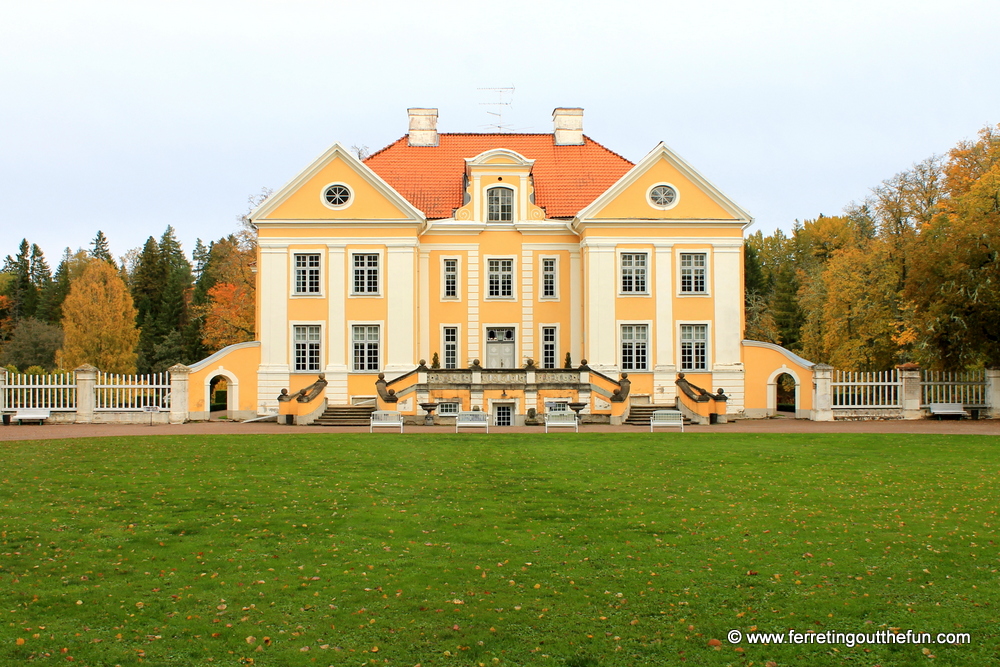
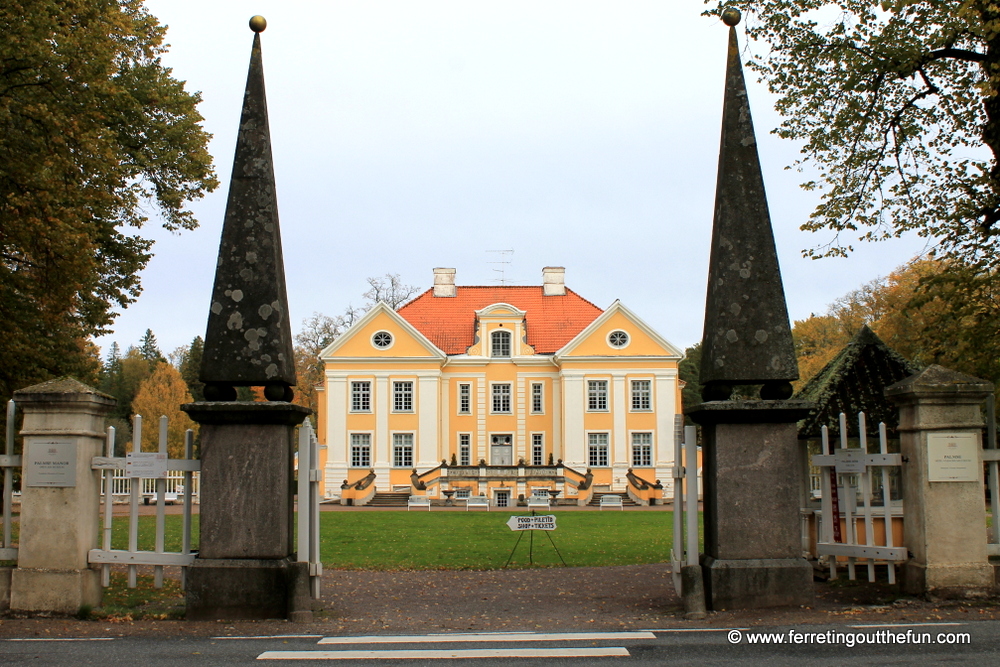

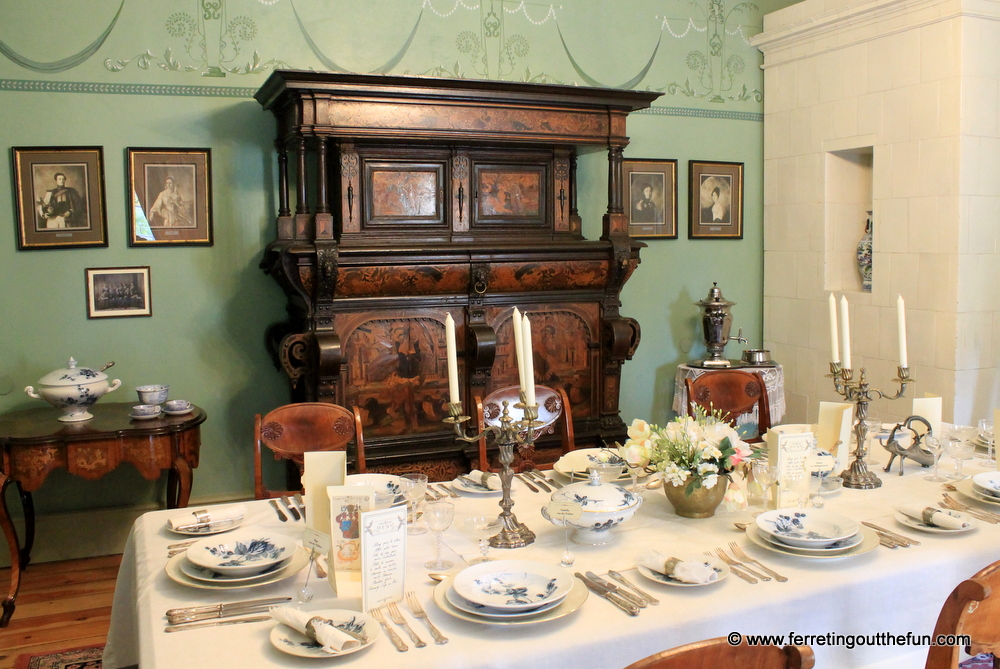
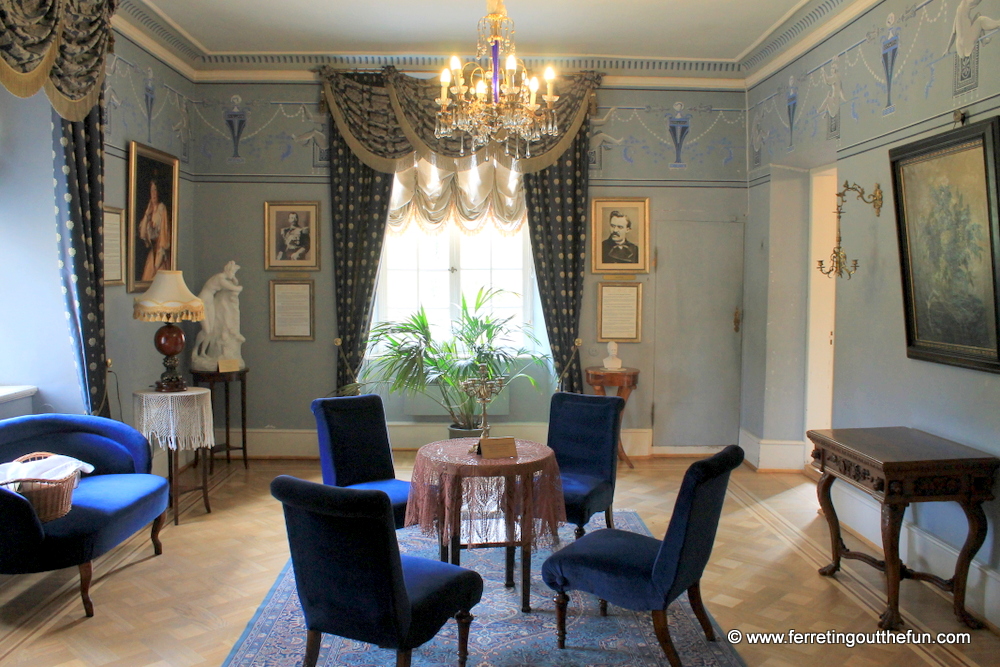
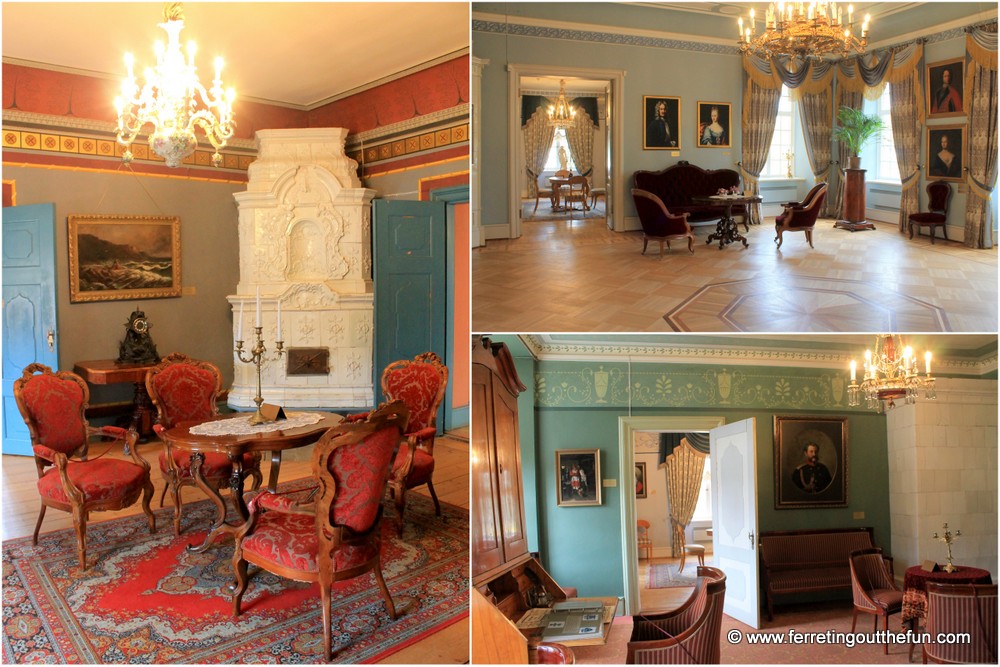

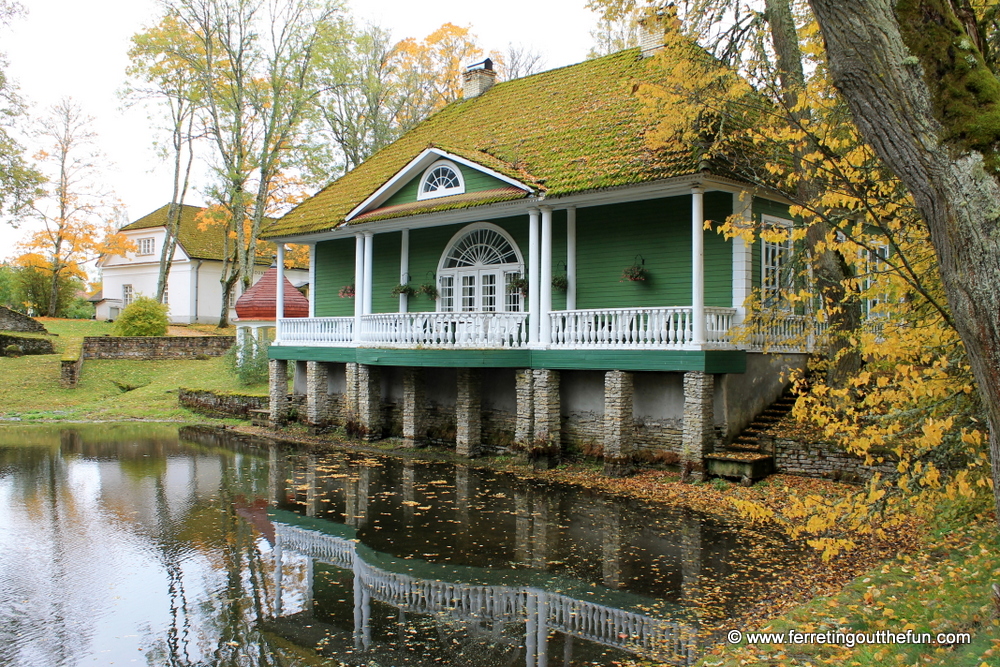
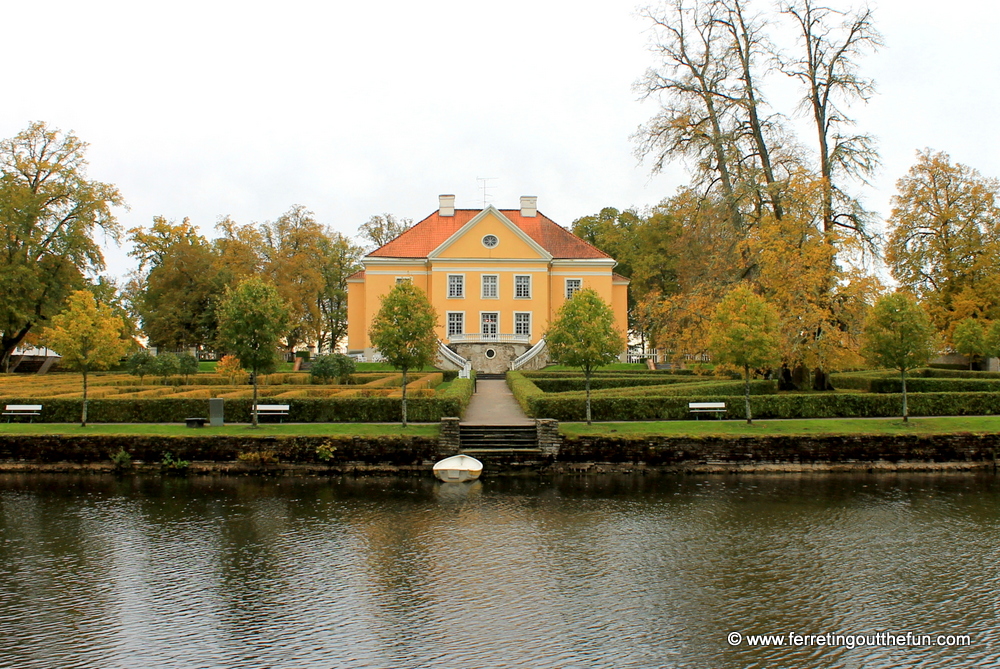
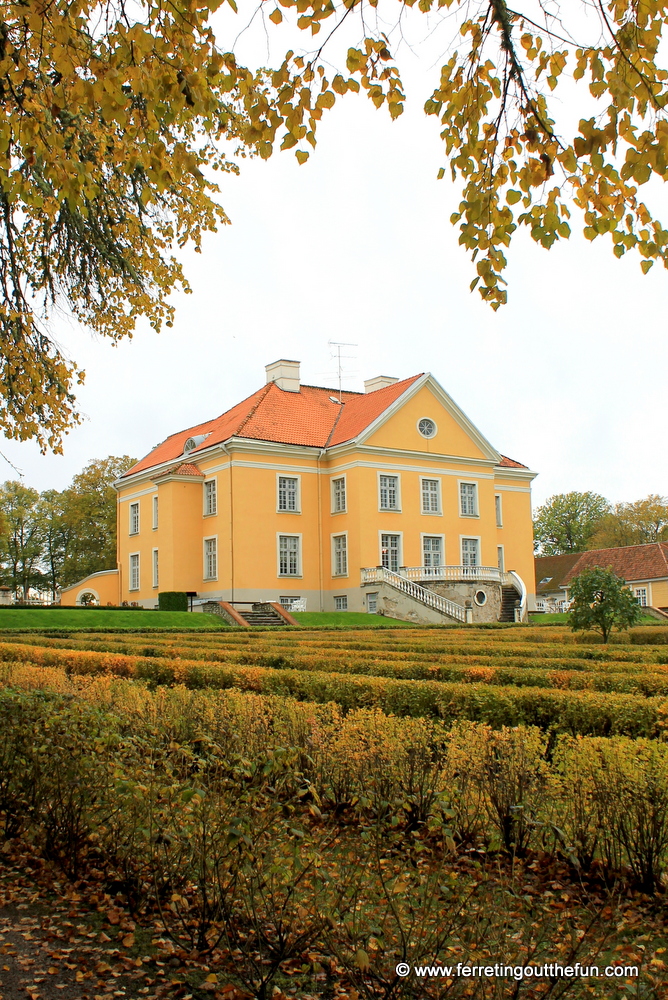
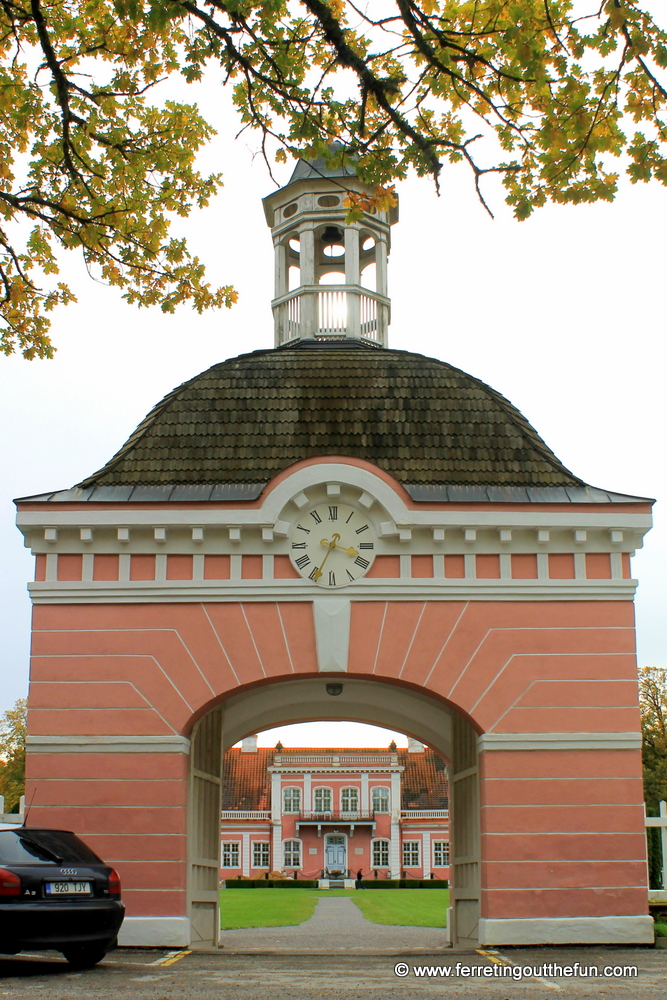
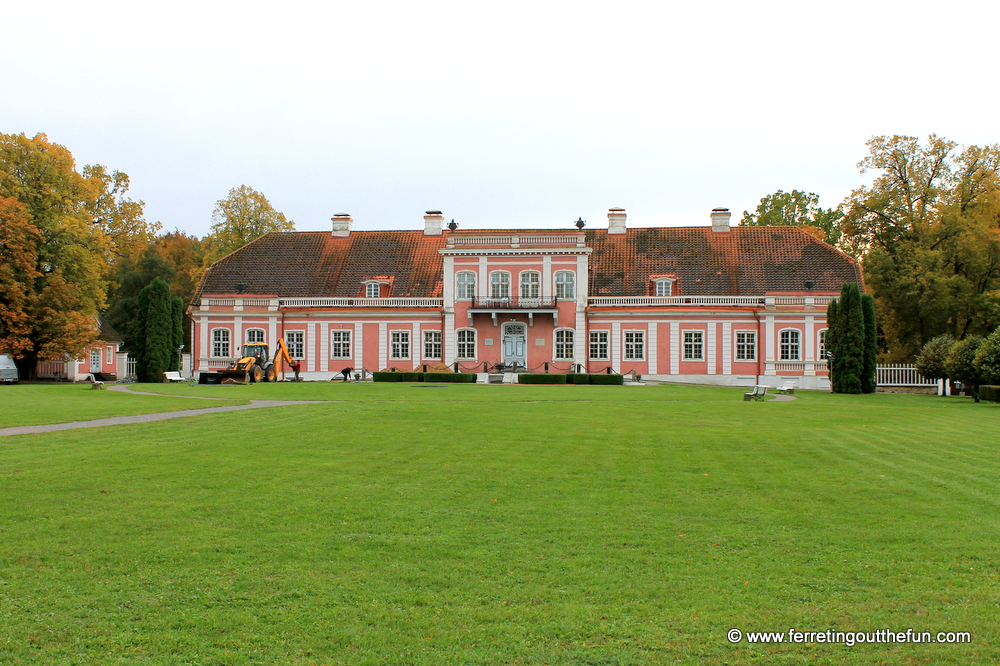
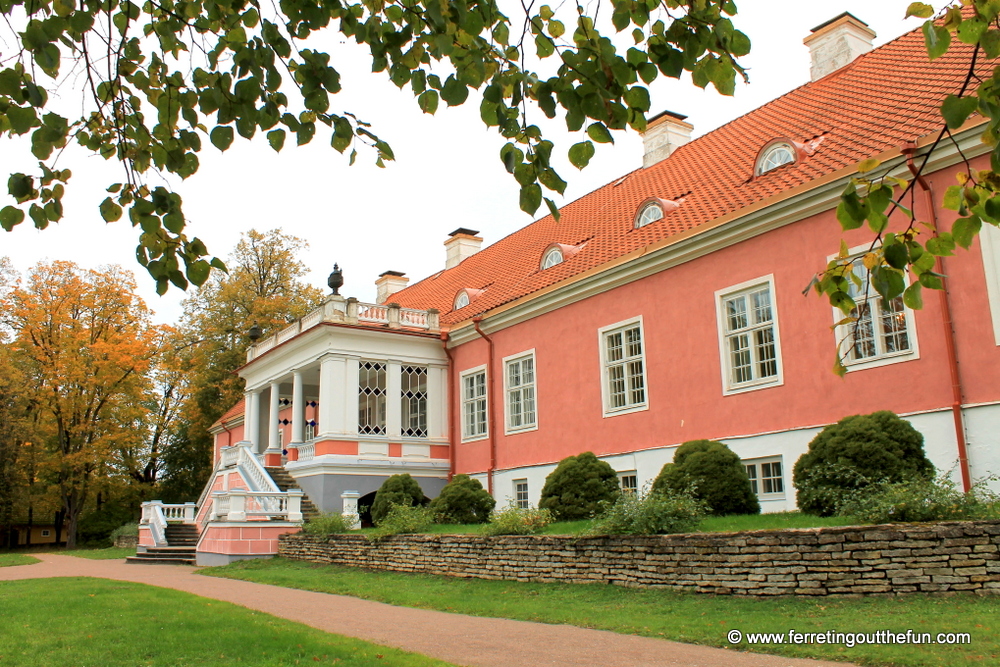
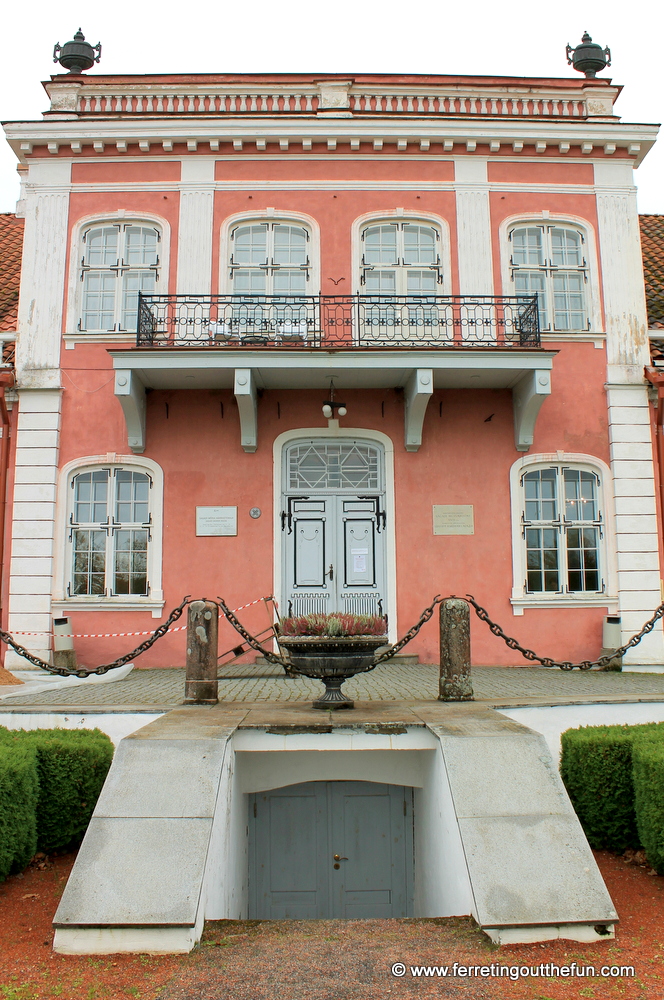
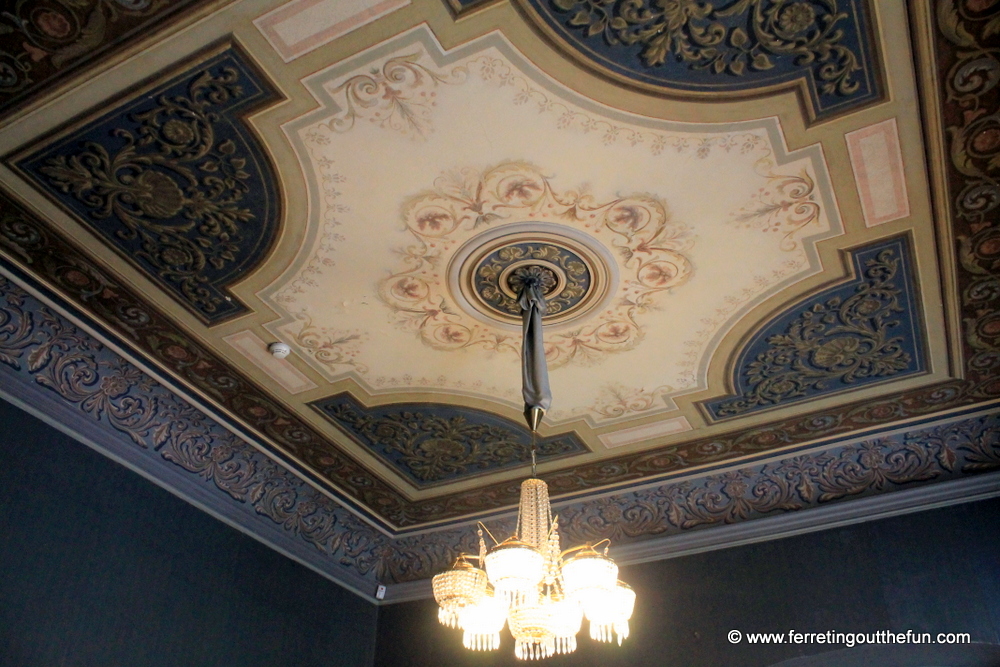
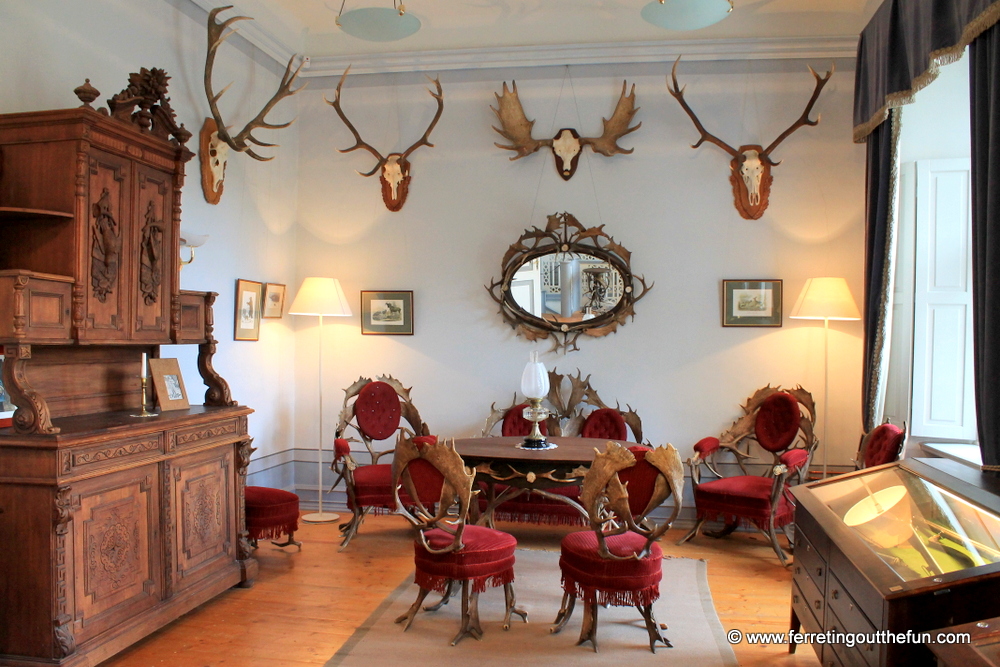
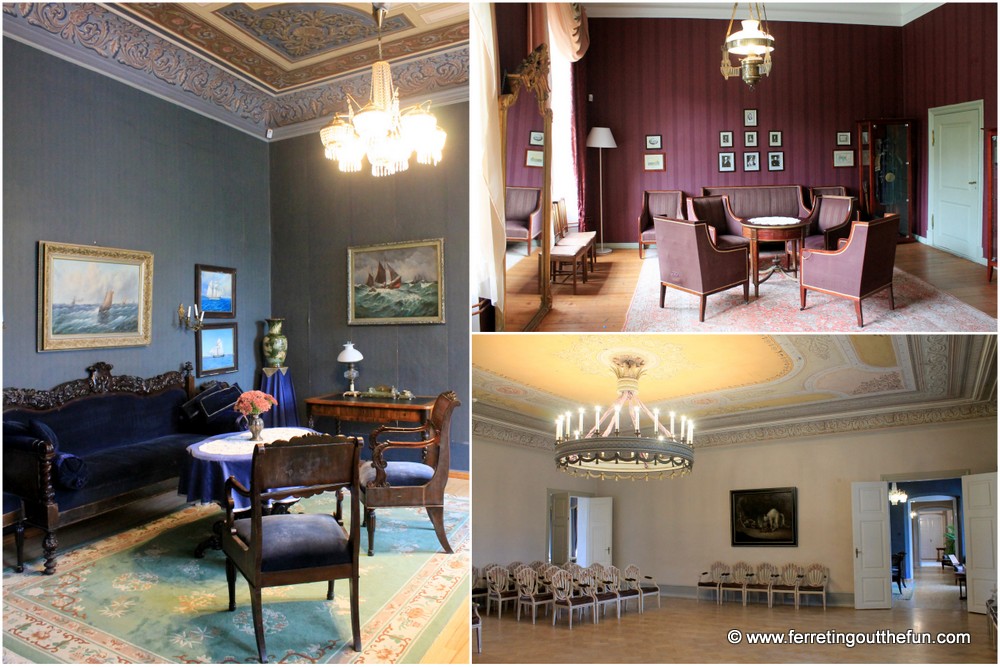
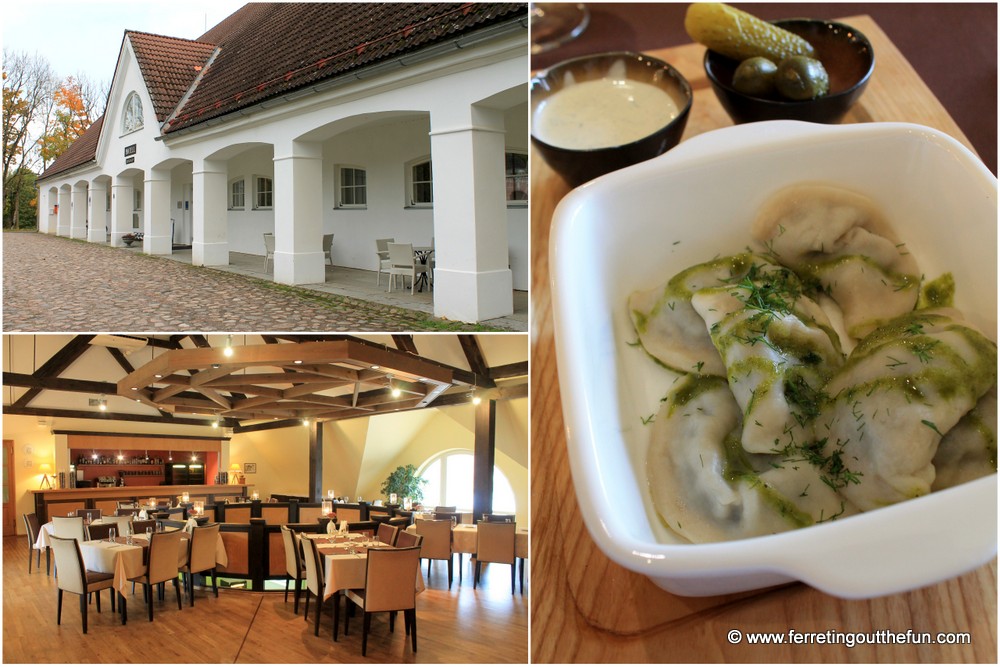

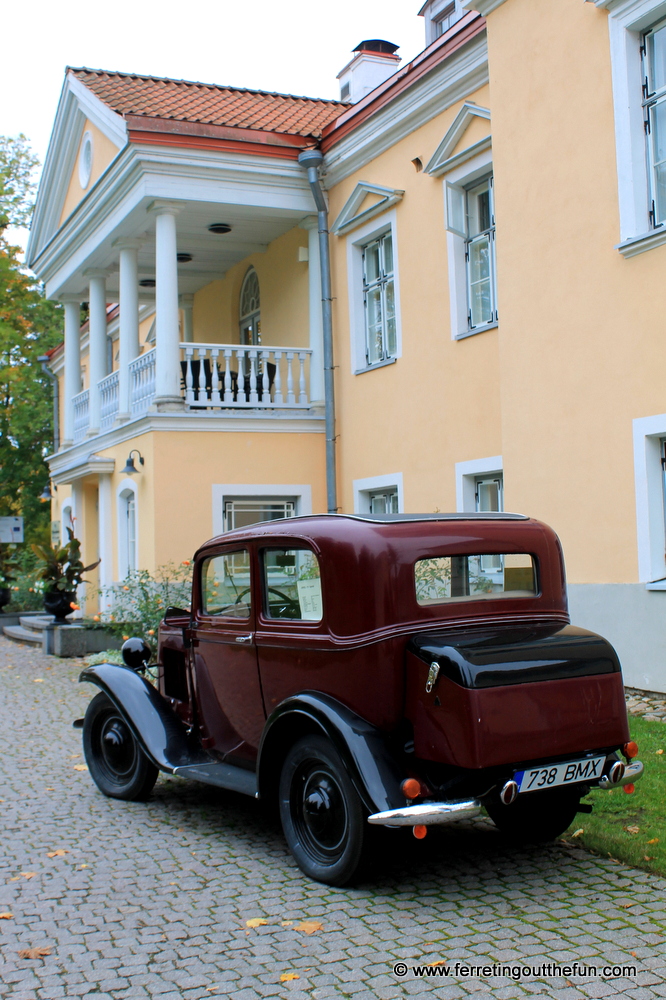
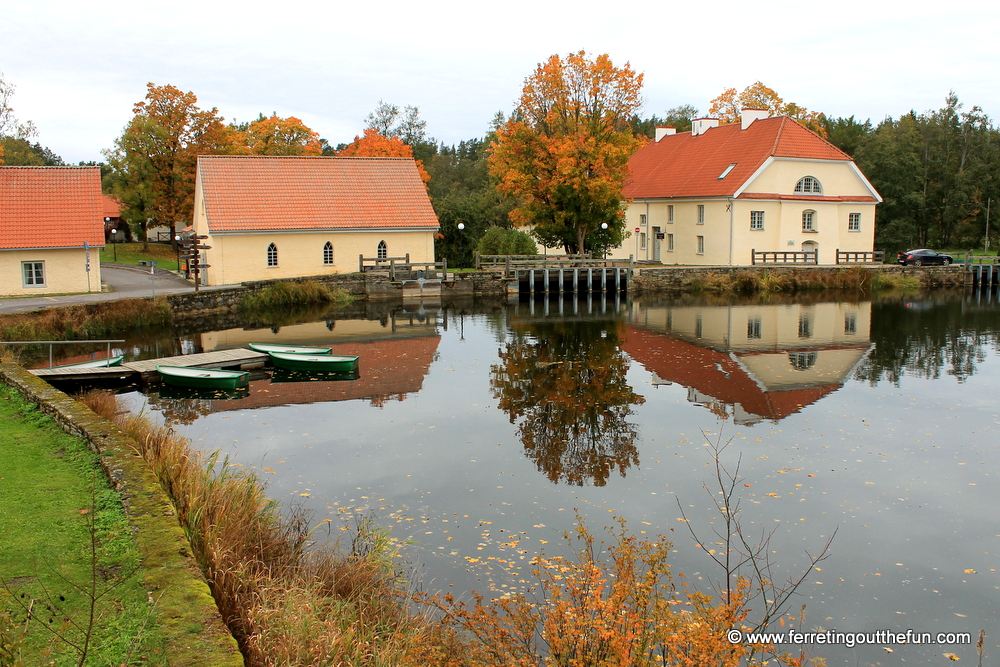
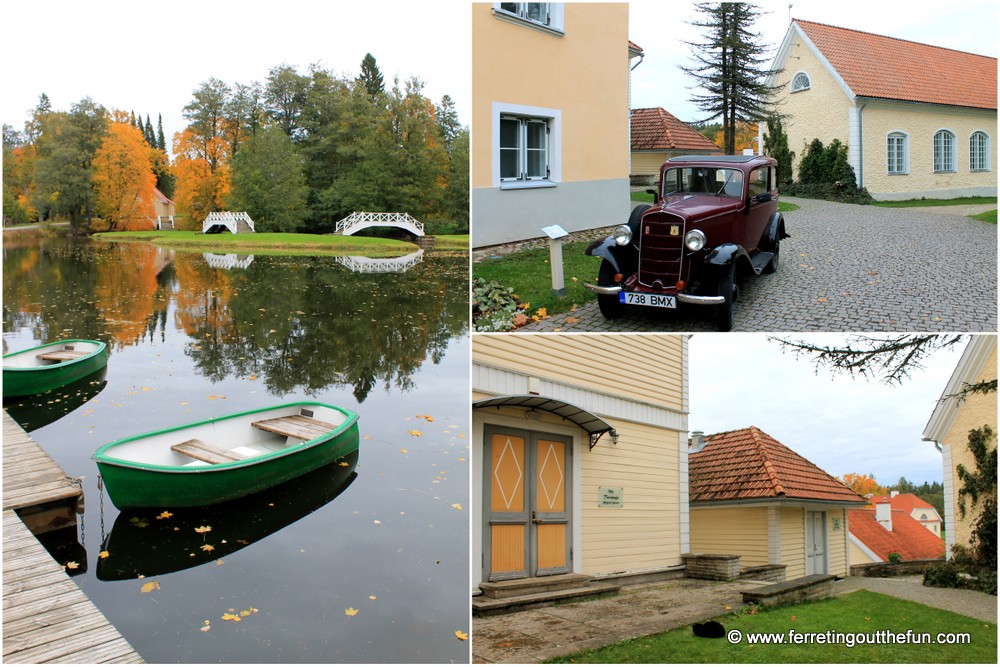

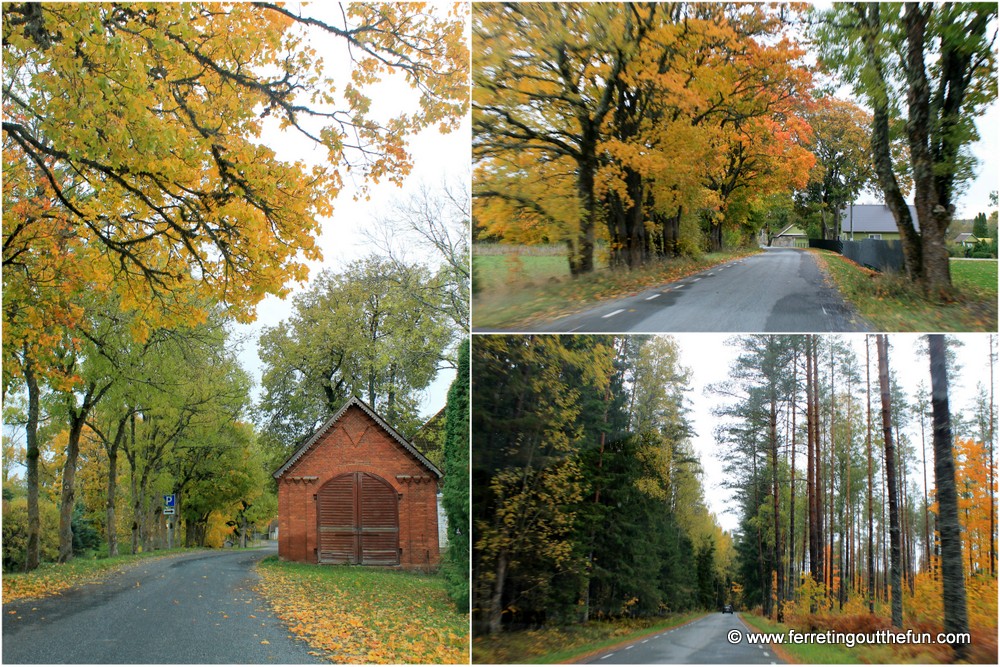
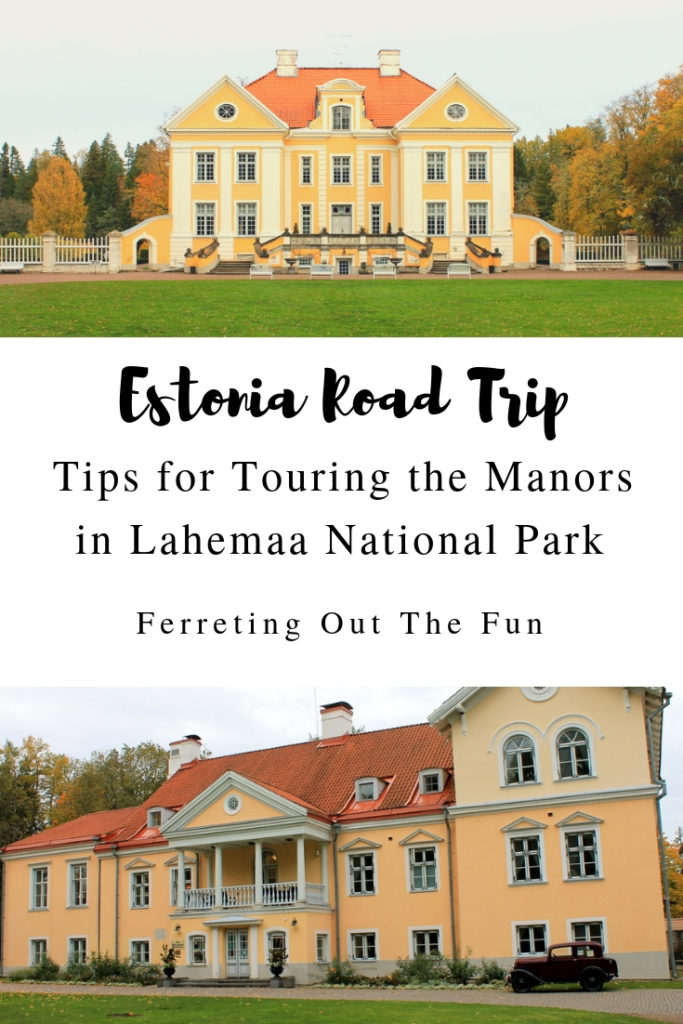
[…] trails for those wishing to immerse themselves in nature. Paved roads wind past quaint villages and elegant manor houses that celebrate Estonia’s Baltic German […]